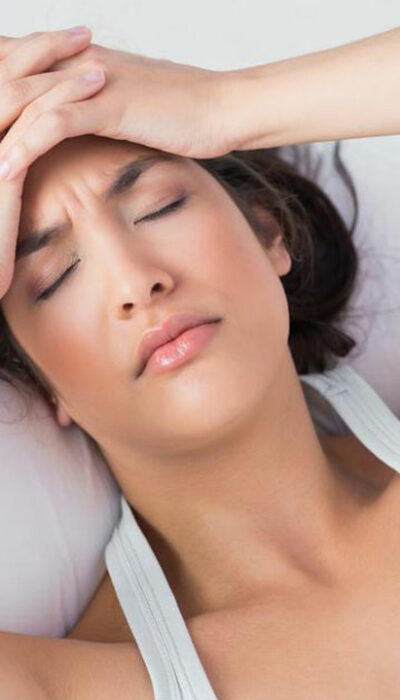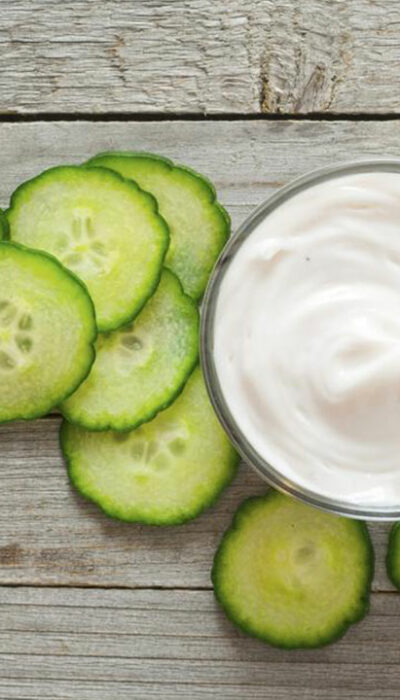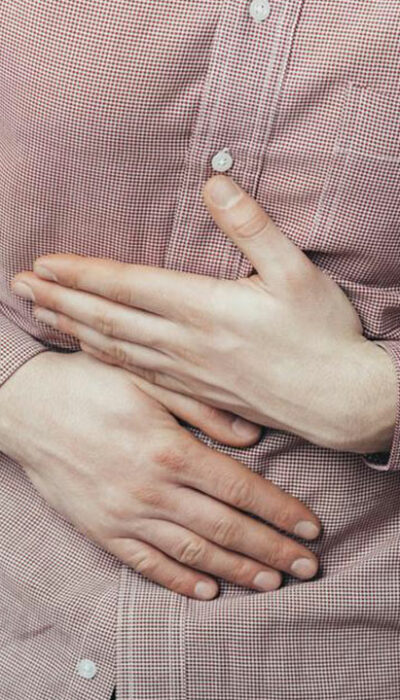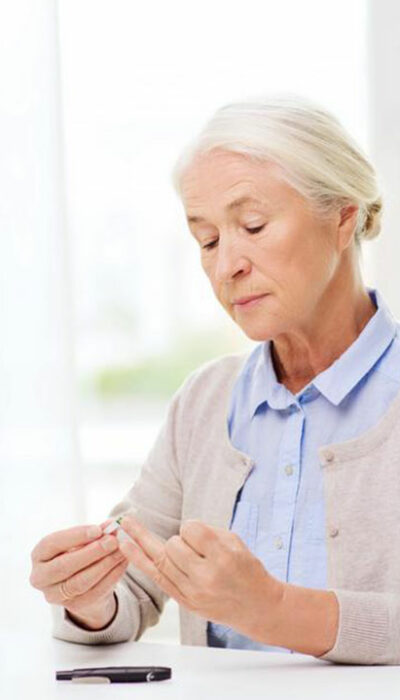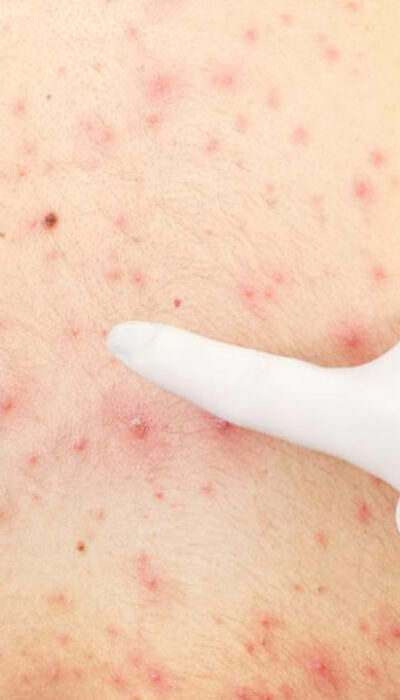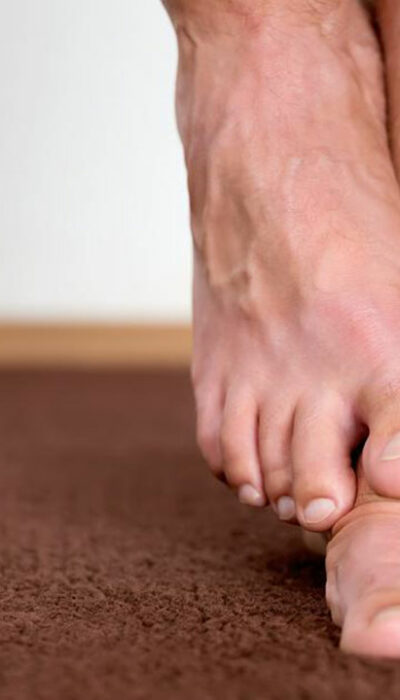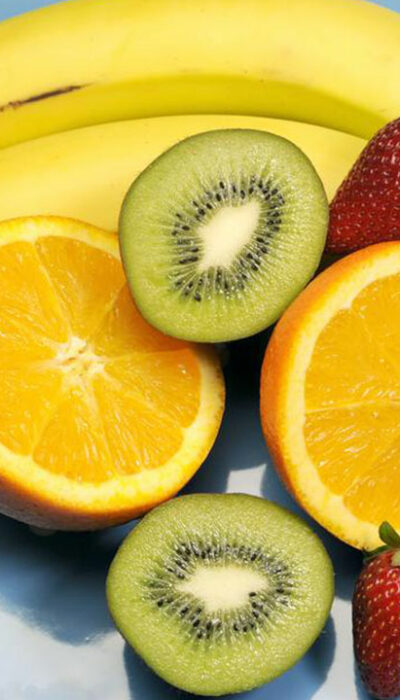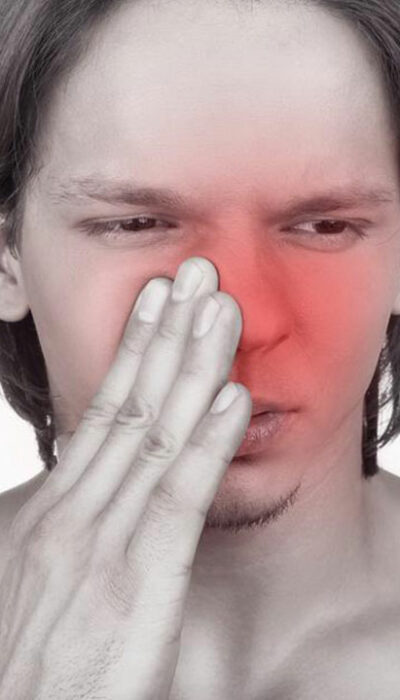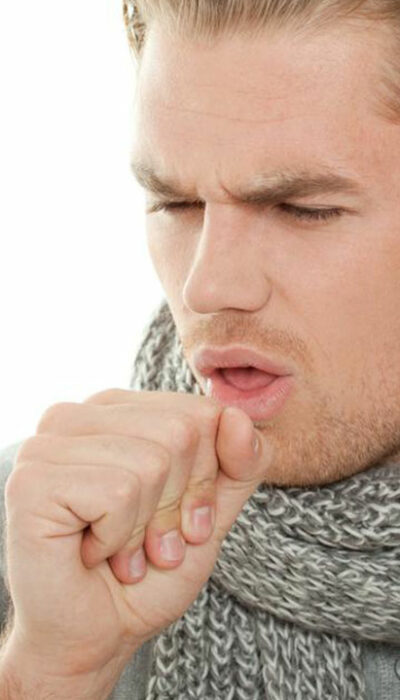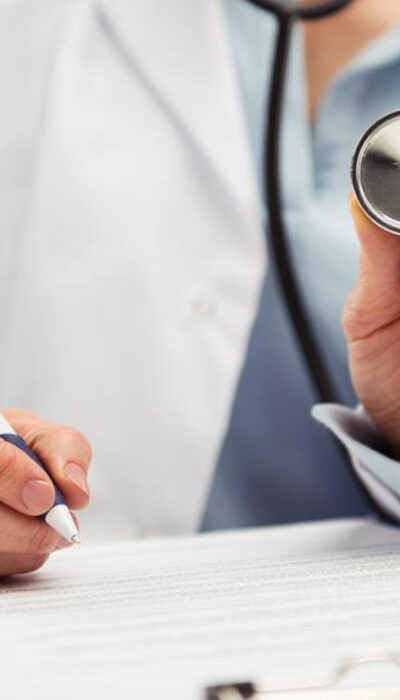
An Overview of Shingle Medications
Shingles is a type of viral infection that causes highly painful rashes. They may occur anywhere on your body. Generally speaking, you can find them as a single stripe of blisters, and they wrap around the right or left side of the torso. The virus that causes shingles is known as varicella zoster, and you need to start taking treatment at the early stage to make the recovery truly effective. It is always advisable to choose the best shingles medication to enjoy the best results. Diagnosis of shingles This problem is often diagnosed on the basis of the history of pain experienced on the one side of your body, and the telltale rashes and blisters are taken into consideration. Tissue scraping may also be done, and, on certain occasions, blister culture is also performed laboratory. Early treatment is better Effective shingle treatment reduces the symptoms, and the condition improves within a period of two to four weeks. Seeking the help of your doctor is always advisable when you start experiencing the symptoms of shingles. Early treatment lowers the severity of the problem. Moreover, it reduces the risk of potential health complications. Self-care options for shingles You can come across a good number of ways to reduce the symptoms. The first thing you must do is to maintain the rash clean and dry. This will help protect you against the risk of the rash getting infected with bacteria. It is a good practice to wear loose clothes so that you can stay comfortable. If you use topical antibiotics or apply adhesives like plasters, the healing process becomes slower. You can use a dressing that does not stick to the rash, and it can be done to cover the blisters. A calamine lotion is not a bad option because it induces a cooling and soothing effect on the skin.
